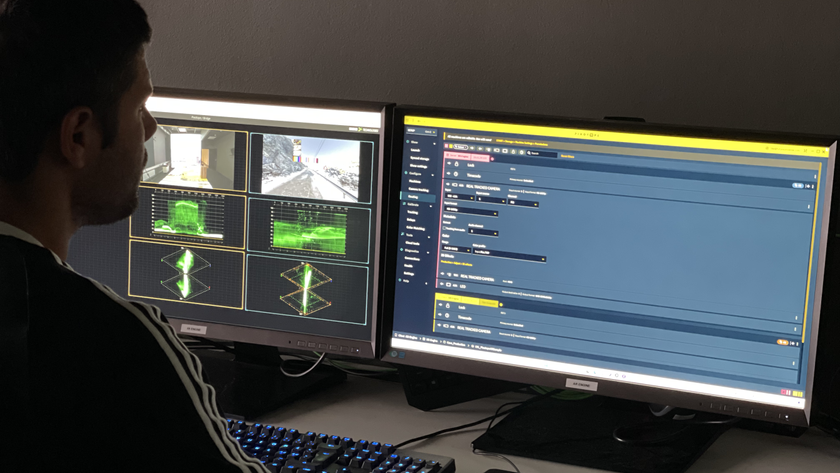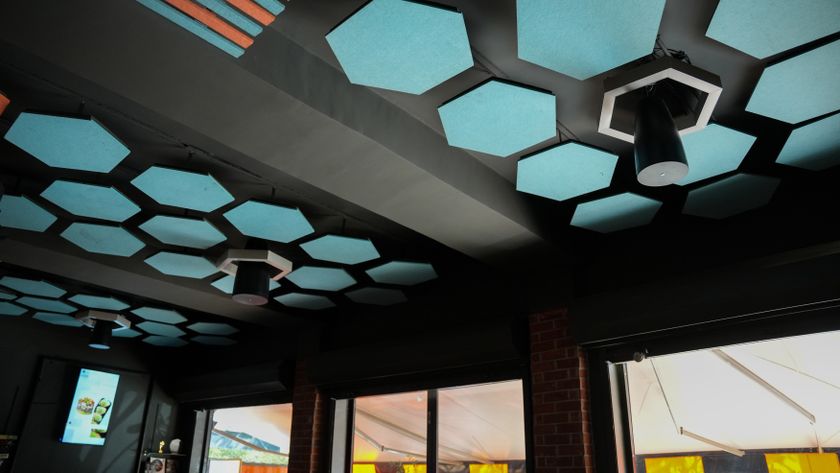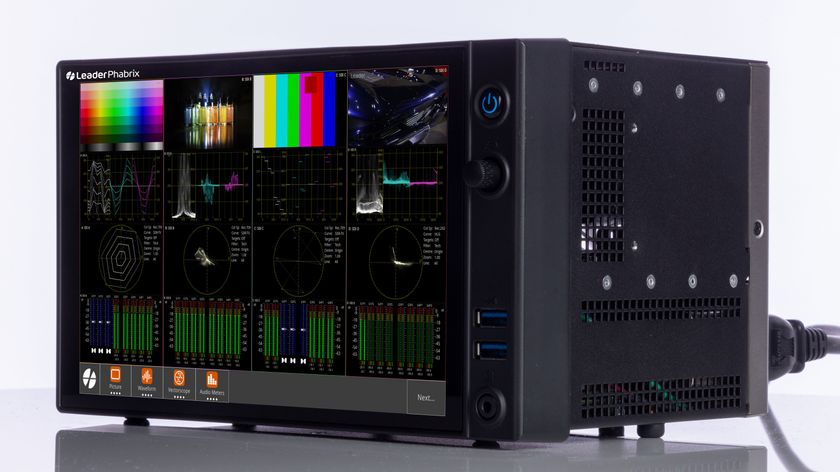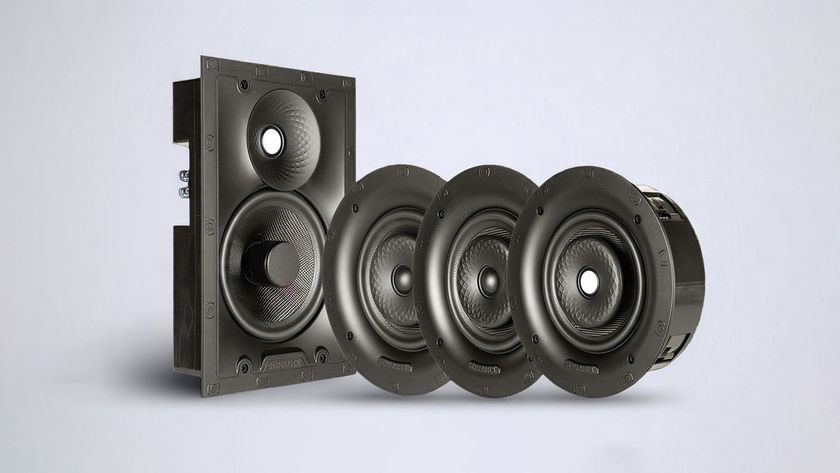- PQ Media released their new Global Out-of-Home Media Forecast 2017, the 10th edition of the OOH industry’s performance benchmark.
Coverage includes not only digital out-of-home (DOOH) advertising revenues, but also traditional OOH media, such as static billboards, street furniture and transit posters, as well as proprietary data tracking ambient OOH media, including ads placed on objects, non-traditional vehicles, and in unique locations.
The new edition includes expanded data and analyses of traditional and ambient OOH markets, and the introduction of five new leading markets – Argentina, Netherlands, Poland, South Africa and Taiwan. The new Forecast delivers datasets and forecasts by global region, country/market, sector, platform and channel across four major global regions.
The report found that global out-of-home (OOH) advertising revenues, including all traditional, digital and ambient media platforms, grew an estimated 6.2% to $49.23 billion in 2016, the fastest growth rate in nine years. Key growth drivers included the rise in real-time information via digital signage during the Summer Olympics, which led to higher consumer engagement with OOH media, as well as the strength of traditional OOH, particularly in transit locations, as brands sought to reach on-the-go consumers with media void of ad-skipping technology.
Meanwhile, consumer exposure to OOH media grew 1.5% worldwide to nearly 66 minutes on average per week, driven by more consumer viewing of content related to the Olympics, coverage of the fierce US presidential campaign, and new content partnerships and expanded OOH media footprints across various types of airports and rail systems, according to PQ Media’s Global Out-of-Home Media Forecast 2017. In comparison, global OOH ad revenues grew at a slower 5.4% in 2015, while consumer exposure to OOH increased at the same 1.5% rate, driven by a rebound in cinema advertising and continued strength in the healthcare and transit verticals.
“Our research shows that OOH media is one of the fastest-growing ad-supported media in both operator revenues and consumer exposure time, compared with decelerating growth among many traditional media platforms, particularly print,” said Patrick Quinn, PQ Media President & CEO. “With consumers increasingly accessing media outside their homes and the rise of ad-skipping and ad-blocking technologies, brands are increasingly turning to OOH media to engage target consumers near the point of decision.”
Based on pacing through 3Q16, digital OOH was driving overall OOH growth worldwide, increasing at an estimated 12.6% to almost $12 billion for the full year, the strongest growth since 2011. DOOH is estimated to command a 24.1% share of overall OOH in 2016, up from only 16.8% in 2010. DPNs are the larger of the two DOOH channels, exceeding $8 billion globally in 2016, and posting 12.2% growth, while DBBs will rise more rapidly at 13.5% to over $3.7 billion.
The United States is the largest market in all aspects of the OOH industry – total revenues, T&A OOH, and DOOH, as overall revenues reached almost $9 billion in 2015, with China and Japan both exceeding $7 billion. Australia was the market leader in overall and DOOH ad revenue growth, rising more than 15% in total revenues in 2015, according to PQ Media’s Global Out-of-Home Media Forecast 2017. Brazil, Argentina and the UK all posted double-digit gains during for the year, while Brazil was also the fastest-growing traditional & ambient OOH market in 2015.
Brazil’s strong growth can be directly tied to an increase in its OOH footprint in its anticipation of hosting the 2016 Summer Olympics. However, other nearby Latin American nations also exhibited a major uptick in OOH revenues, mirroring the 2014 trend during the FIFA World Cup. DOOH, for example, in transit locations were often used to provide commuters with real-time updated results from the events in many global markets.
Transit was the hottest location category due to many nations upgrading airport terminals, deploying digital signage on rail systems for the first time, and expanding taxi-cab networks in major cities. Transit locations are also less encumbered by government regulations that are impacting the roadside static and digital billboard industries amid clutter and light pollution complaints from politicians. As result of the growing DOOH and transit OOH networks, consumer time spent with OOH media increased for the fourth consecutive year in 2015 and was pacing for similar growth through 3Q16.
“Macro trends, such as consumers spending more time outside their homes and gradual improvement in the US and global economies, should help brands open more media-mix models for inclusion of OOH ad media going forward,” Quinn said. “Healthcare, transit and entertainment ad networks stand to gain the most from these trends.”











